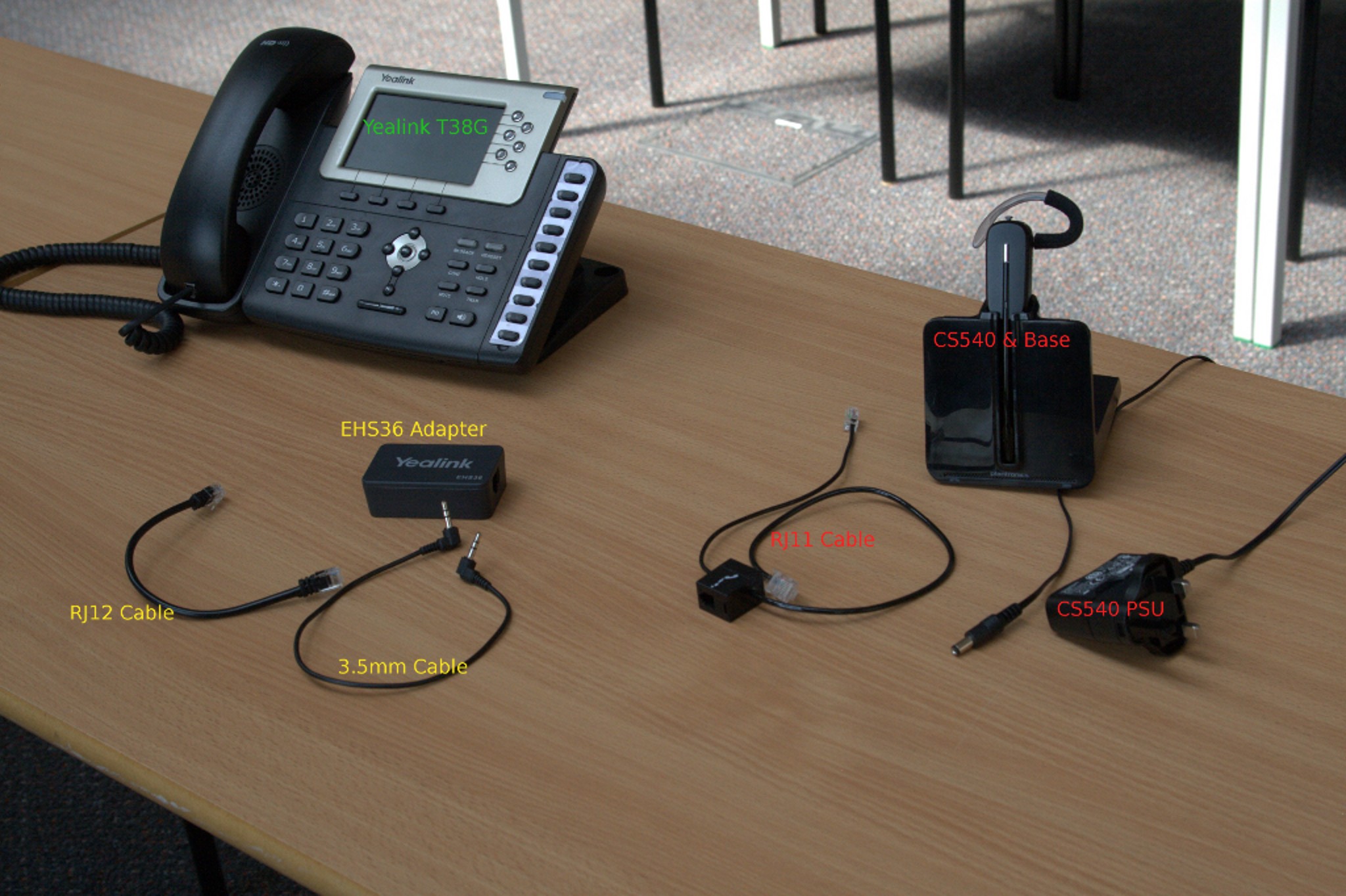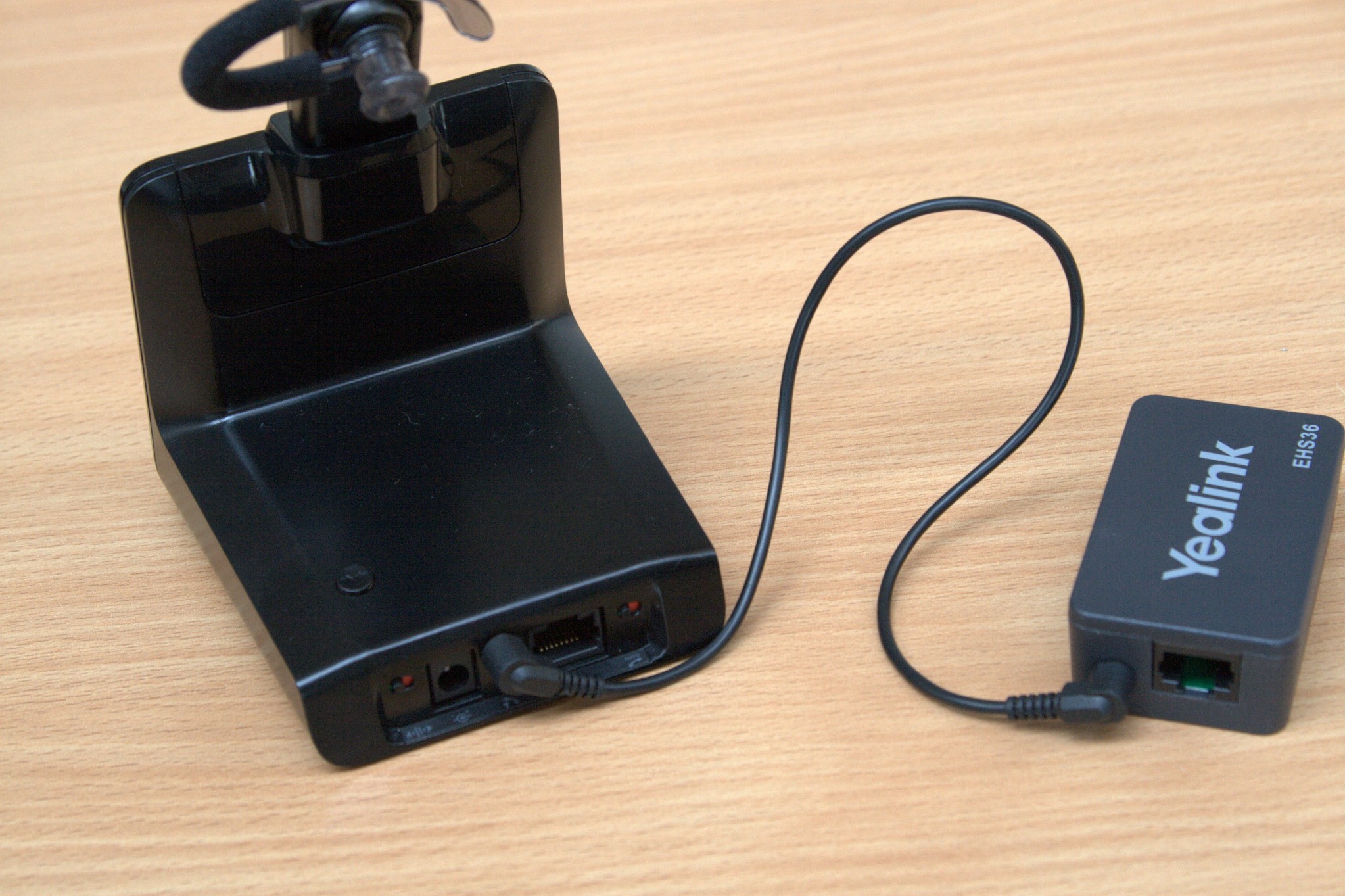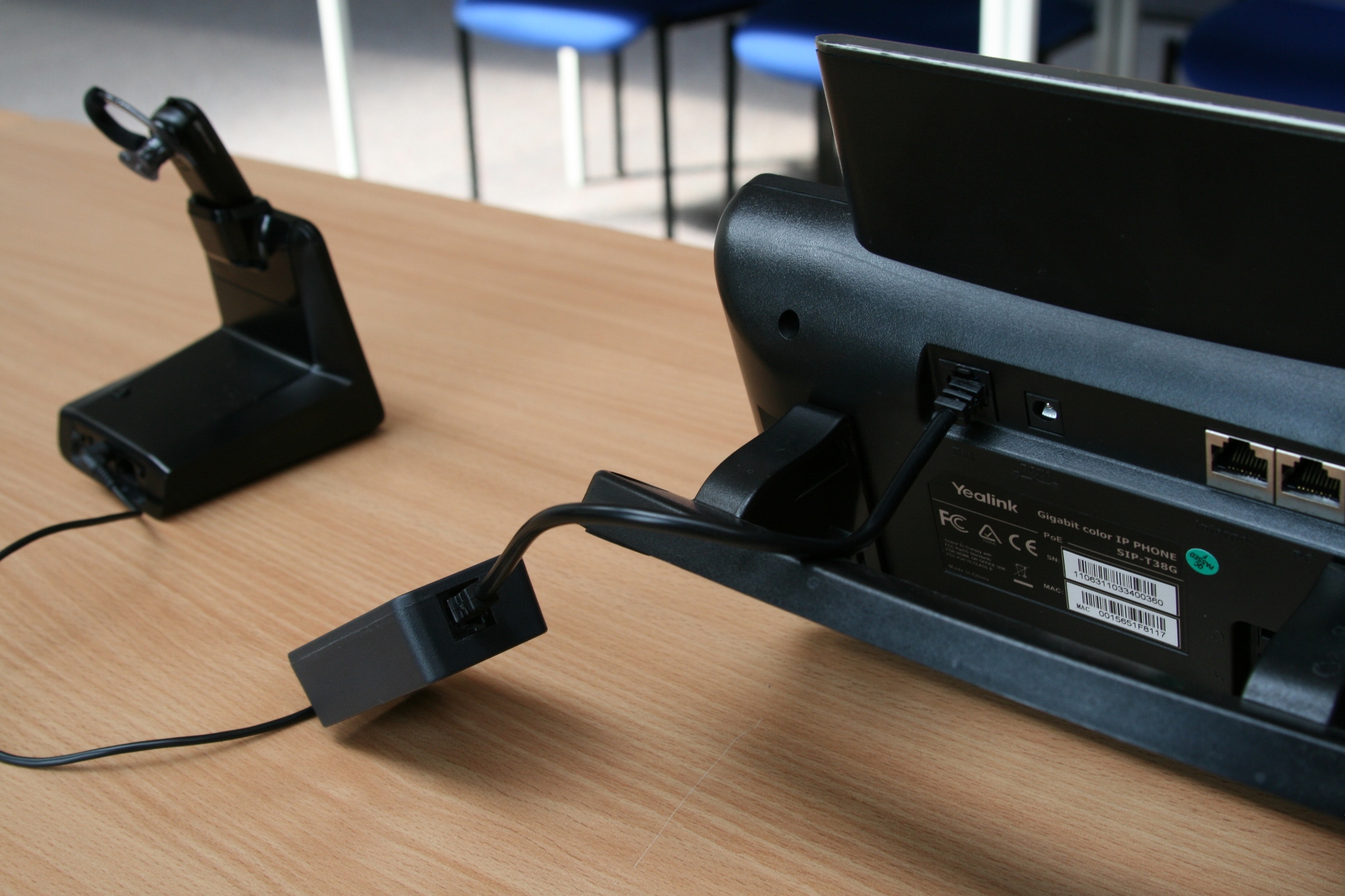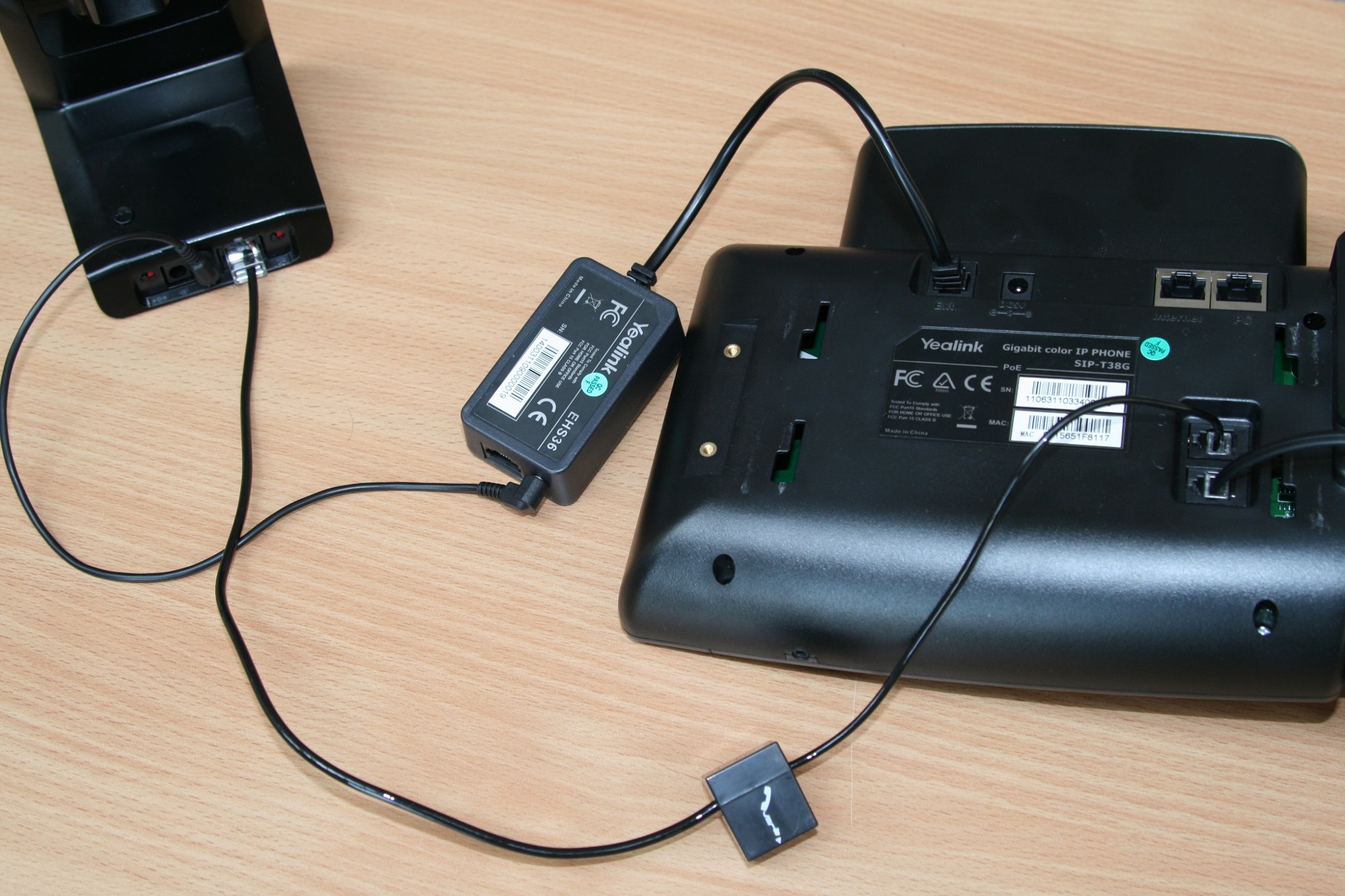In an automated environment, it can be useful to control things without having to physically interact with them.
I refer, of course, to having to exert my energy on reaching to dial a number on my phone. You might well save yourself these exertions on a daily basis, so you can thank me later.
Here’s an example of dialling a couple of pleasant fellows:
http://user:pass@10.10.11.100/cgi-bin/ConfigMa
nApp.com?number=118118
If you try this on a more recent firmware, you may find that it doesn’t appear to do anything. Confusing at first but it seems there was a firmware change made for security purposes (can’t complain at that but it would be nice if the phone gave a 403 response when it does fail though!)
You now need to tell the phone what IP addresses to trust. If you web browse onto the Phone>Features page, you can find a text box labeled along the lines of “Trusted Action URI Server List”. You need to enter the IP addresses that the phone expects to receive requests from, as a comma-seperated list eg. 10.10.11.200,10.10.11.201
The first time the phone receives a remote request from one of these addresses, the phone does prompt you on screen to allow or reject the request (sorry.. you need to press the buttons this time!). I haven’t seen any subsequent prompts to confirm my consent.
If you want, you can also trigger key presses remotely:
/cgi-bin/ConfigManApp.com?key=OK
/cgi-bin/ConfigManApp.com?key=1
/cgi-bin/ConfigManApp.com?key=2
/cgi-bin/ConfigManApp.com?key=3
/cgi-bin/ConfigManApp.com?key=CANCEL
Isn’t that just great? You can build this into your CRMs or whatever else you can think of.
If you don’t have a Yealink phone to hand, you can browse the range: http://www.provu.co.uk/yealink.html
Now go and have some fun!




